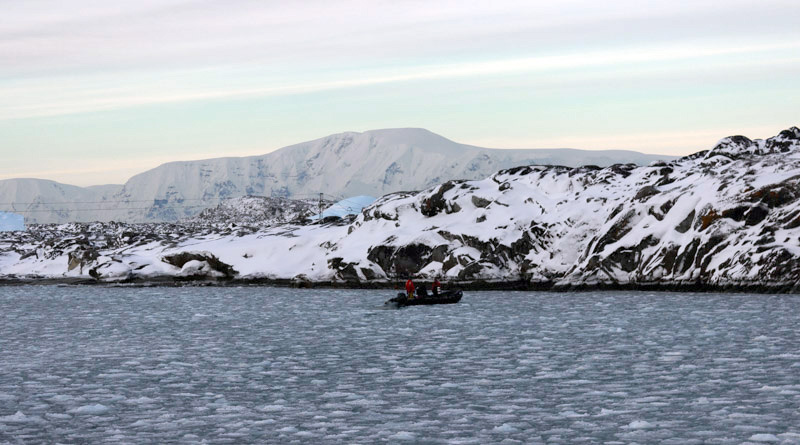
Palmer Station is a field base for science, surrounded by a magnificent landscape. However, what makes this place really special for me are the people who keep it running. Do you really want to go to Antarctica, but you are not a scientist? Well, there are plenty of other jobs through the Antarctic Support Contract without which this place would stay dark.
The population at Palmer Station varies in size throughout the season. But the core summer or winter crew is always present. With 44 people, the station reaches its maximum capacity and sometimes we have to wait in line to get our food, but usually not as long as it sometimes takes at the checkout counter in the supermarket. So, besides us scientists, who else is on station?
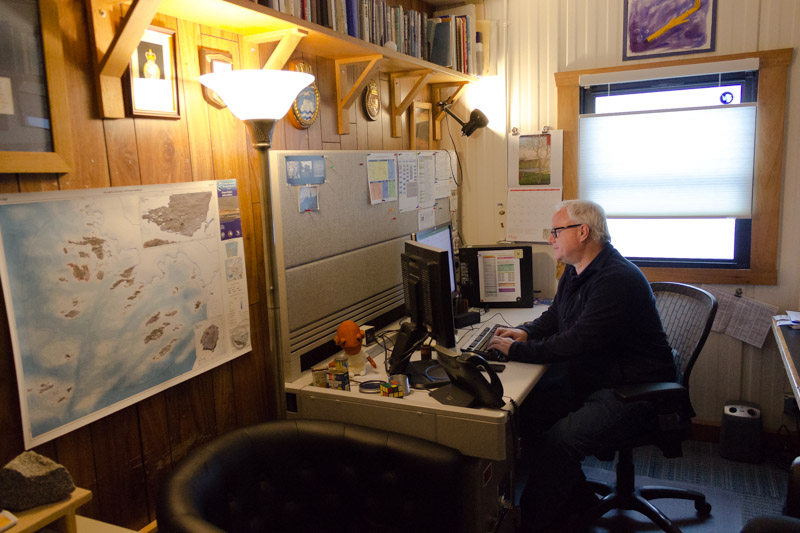
Every team needs a fearless leader – so does Palmer Station. The station leader has the oversight over everything that is happening on station. He also coordinates the regular cleaning of the station and leads the weekly station meeting during which everyone comes together and is updated on what is happening in the U.S. polar program. Every so often, he also kindly reminds us that laundry should not be done in the middle of the night as the spin cycle does make the walls shake …
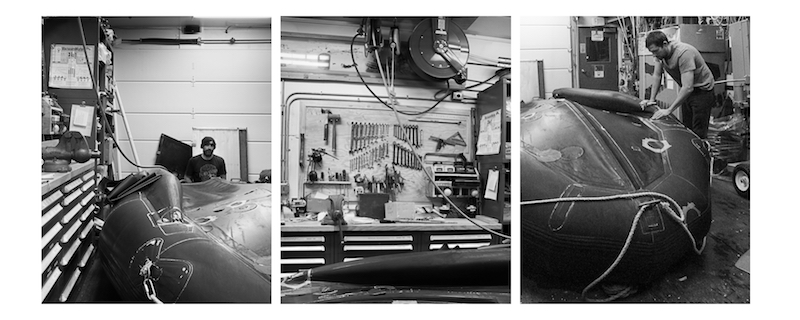
Picture: Zee Evans
Our marine technicians are also crucial to our daily boating endeavors. Upon our arrival, they train us on how to use the boats so we can be more or less self-sufficient out on the water. However, they also launch the boats for us, patch them back up when we break them and make sure the engines are running. They also take us outside the small boating area for our “Far, far away” trips (see previous blogpost).
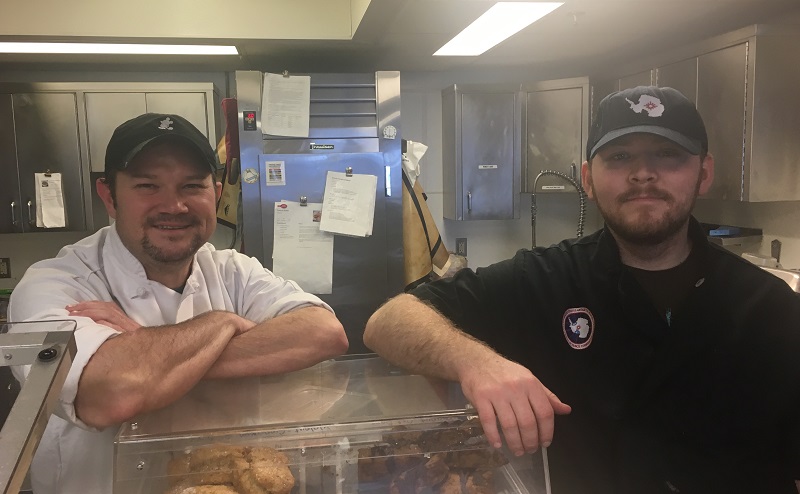
CJ already wrote a detailed description of the amazing food we are getting here (“Cupcakes, Cookies, and Brownies, Oh My!”). During the summer, we get a cooked breakfast, warm lunch and warm dinner with delicious snacks during the morning break (10am) and afternoon break (3pm) – you never know when your next meal might be, so better stock up on those calories! Now, that the second chef is leaving we “only” get lunch and dinner (luckily cereals and toast are readily available). Sunday is the chefs’ day off and we can help ourselves from the leftover fridge.
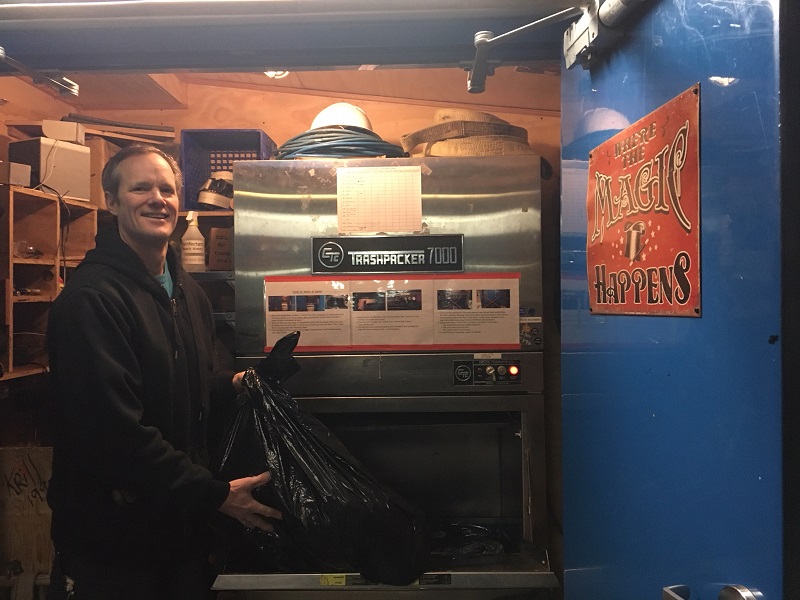
This perfectly leads to our next team member who is responsible for Hazardous Waste Management. Along with eating leftovers, our Hazardous Waste Management personnel makes sure that everything is recycled and disposed of properly. CJ wrote a detailed account of this in the blogpost: “How to save a penguin”.
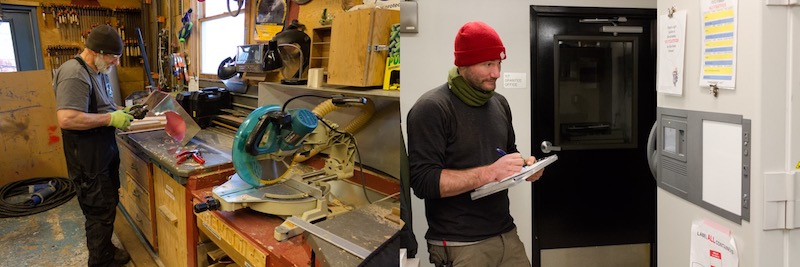
Now, whilst everyone I mentioned so far is essential for the station to run, who does actually keep the lights on? That would be team FEMC (Facilities, Engineering, Maintenance and Construction). The team consists of a FEMC coordinator, electrician, maintenance specialist (for refrigeration, heating, plumbing and so on), a carpenter, a powerplant mechanic and intermittently a utility technician. Sometimes, for special jobs, more FEMC team members are brought to station, such as a painter or another mechanic for example. Above you can see our carpenter in the shop (left) and our maintenance specialist checking the freezer on his daily rounds (right).
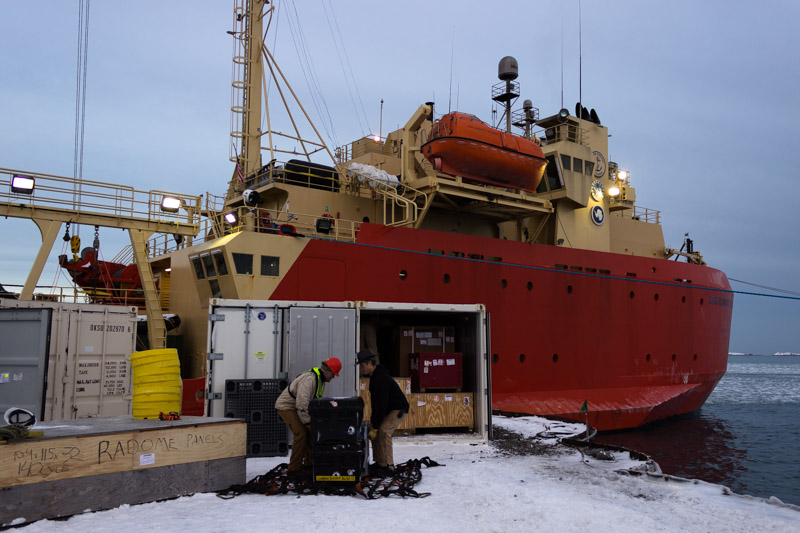
Important as well is team logistics. As their name suggests, they coordinate incoming and outgoing cargo: from the silver trunk which carries postcards and souvenirs we send to our loved ones at home, to science cargo (equipment in and samples out) and the arrival of food supplies. In the picture above, you can see them loading a container the ship (which is leaving tomorrow) will take north.

Our most direct science support comes from the lab manager and the instrument technician (who is featured in the picture above). They provide us with our lab and aquarium space, hand out the instruments we need as well as the laboratory supplies. And of course, we never manage to plan for everything we need in advance. But whatever else we may want, they usually find for us. I, for example, needed some aquarium pumps to provide my amphipod hotels with waterflow (see “All-inclusive amphipod hotels in Antarctica“) which I had not planned for. Within a couple of days, everything was set up, including a splash proof housing for the pumps that was custom build by the carpenter. Part of team science is also the Research Associate who continues the atmospheric science projects which are running on station long-term.
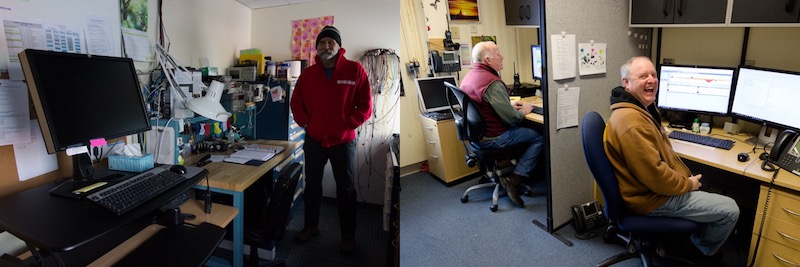
Without team Communication, I would not be able to get this post online. They organize everything from daily radio traffic (we always have to be in touch with station when we head out on the boat), to phones (including back-up phones like the Iridium) and the internet. Occasionally, they have to come and tell people off because they are using too much bandwidth. More often this happens unintentionally, because our computers download updates in the background. However, they are always happy to help and adjust the settings required.
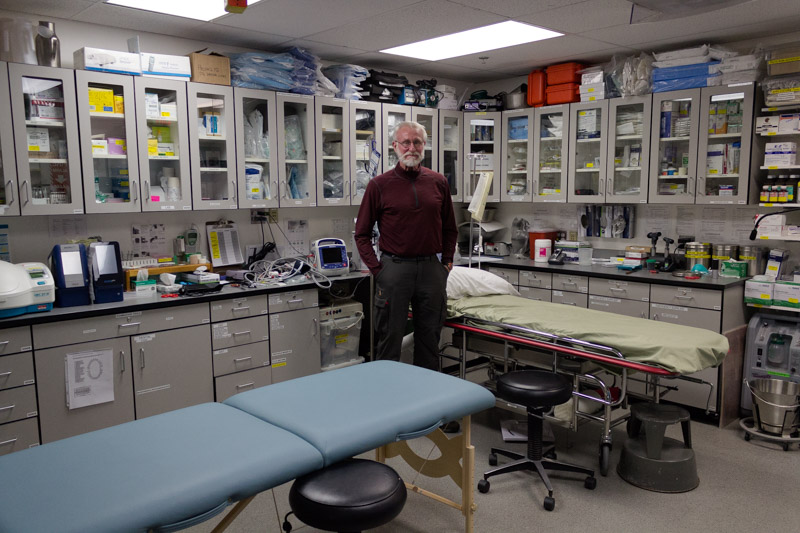
Last but not least, I cannot leave out our doctor. Whilst we have been fairly lucky and have not had any major accidents, it is good to have him on station. He trains the medical response team, keeps all the medication in date and the instruments in the clinic ready to go. Other than that, he restocks the first aid kits, makes sure the emergency showers and eye-wash stations in the labs are working and tests the drinking water quality on a regular basis.
Besides us needing all these amazing people to get our science done, they also become our friends and family during our stay. What always strikes me the most is that at home, I mostly just interact with my peers. Whereas here, at a field station, I get to interact with a much wider variety of people which has certainly broadened my horizon.